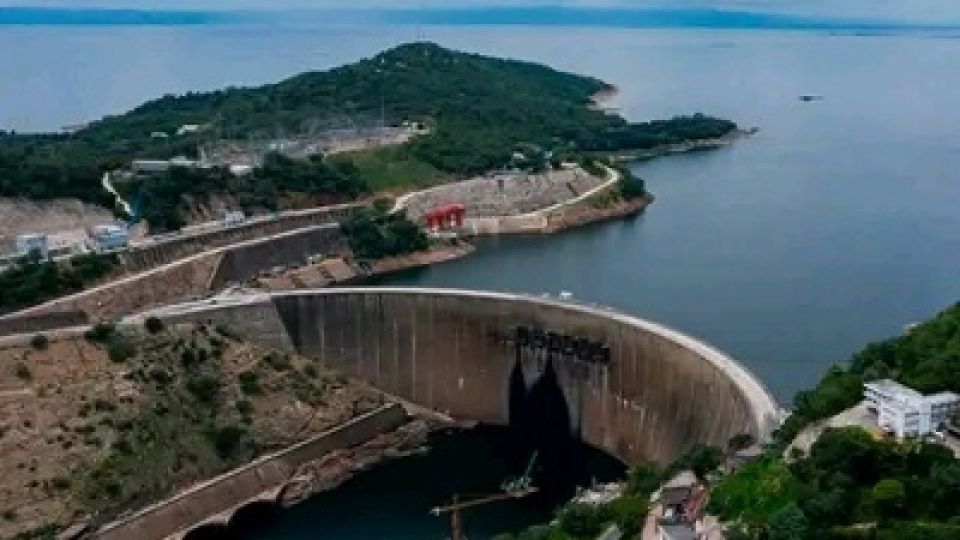from ARNOLD MULENGA in Lusaka, Zambia
Zambia Bureau
LUSAKA, (CAJ News) – HIGHER levels of load shedding are forecast for Zambia and Zimbabwe over the coming weeks as a result of insufficient power production owing to reduction in Lake Kariba.
The two Southern African neighbouring countries rely heavily on the lake for hydro-electricity but have in recent months experienced insufficient supplies amid receding water levels.
A severe drought has worsened the crisis. The cold winter months have exacerbated demand.
Experts have projected higher levels of power cuts through at least early July.
The Zambia Electricity Supply Corporation (ZESCO) utility has increased power cuts to 12 hours in the capital Lusaka and other parts of the country in late May.
The rolling power cuts are projected to continue until at least early July.
On Tuesday, President Hakainde Hichilema of Zambia, encouraged people to consider switching to alternative sources of energy such as solar and gas during this “challenging period” attributed to El Nino and climate change.
“The government, through the Ministry of Energy, is working tirelessly to ensure that the power outage is mitigated in critical places such as hospitals, higher learning institutions and small businesses to ensure that they survive,” he said.
Hichilema assured the nation his government had secured funds to pay Maamba Collieries to supply about 300 megawatts as a mitigating factor.
Britain is to support Zambia in this emergency with US$15 million to construct the Zambia-Tanzania Interconnector.
As of Tuesday this week, the Zimbabwe Electricity Supply Authority (ZESA) was implementing power cuts that have lasted up to 10 hours in some areas.
In addition to low water levels limiting production from the main hydro plant in Kariba, officials also attributed this to repairs at the Hwange power plant, and lower imports from neighbouring countries.
Ageing equipment at power plants adds to Zimbabwe’s energy woes.
The Zambezi River Authority (ZRA), which manages Kariba dam, has painted a bleak picture regarding water levels.
It disclosed that as of the beginning of June, levels were at 12,82 percent. This is down from 29,12 percent at the same time last year.
“Notably, the lake level has continued to be lower compared to the same period last year,” Munyaradzi Munodawafa, ZRA Chief Executive Officer, stated.
ZRA is a bilateral organisation that is jointly and equally owned by Zambia and Zimbabwe. Its primary function is to operate, maintain, monitor and regulate the water level in the Kariba reservoir.
With a maximum depth of 97 metres, Kariba lies 1 300km upstream from the mouth of the Zambezi River, Africa’s fourth-longest river, flowing to the Indian Ocean.
Kariba is the world’s largest man-made lake.
Zambia and Zimbabwe both have declared a state of emergency over the drought.
– CAJ News

